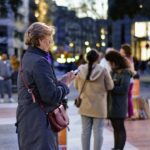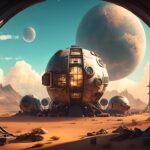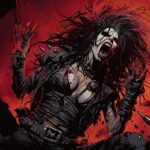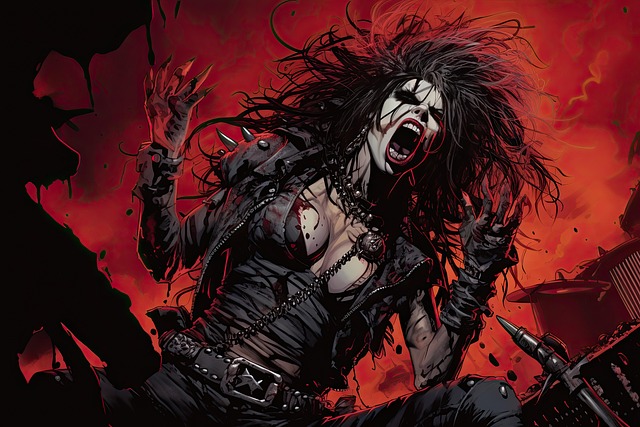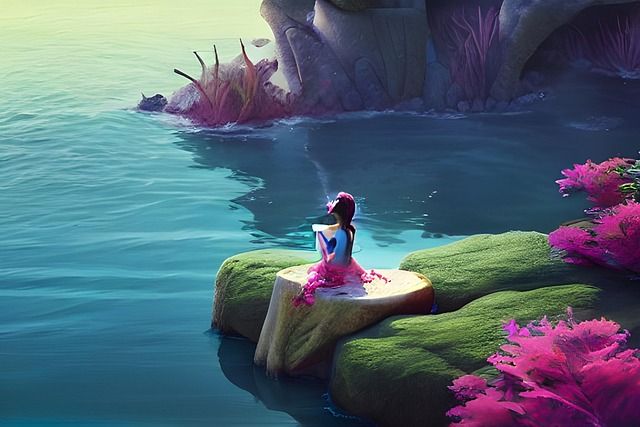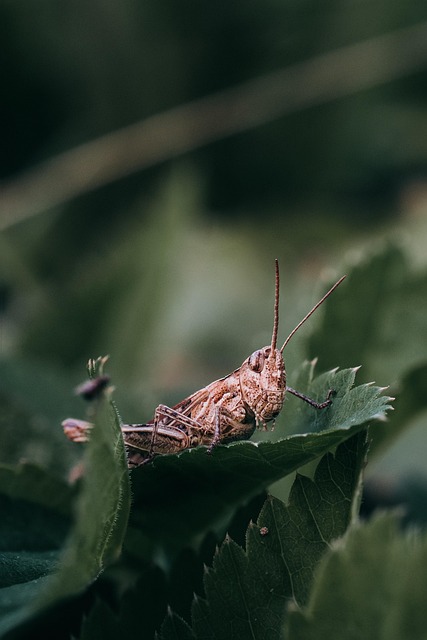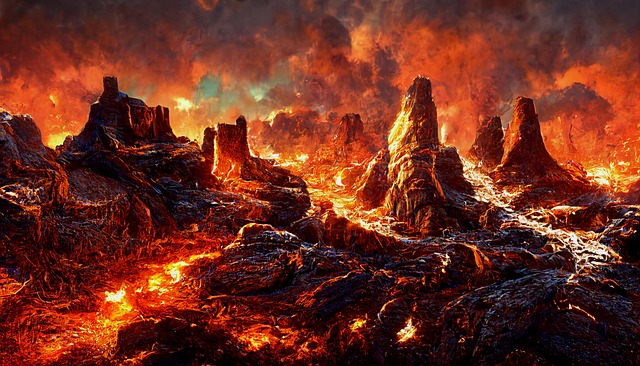# Discover the Leading AI Tools That Are Revolutionizing Artistic Expression and Empowering Artists
The intersection of technology and creativity has never been more vibrant, with artificial intelligence (AI) emerging as a transformative force in the world of visual and digital art. AI tools for artists are not just enhancing creativity; they are reshaping how art is conceived, created, and experienced. In this article, we will explore some of the leading AI digital art generators—DALL·E, Midjourney, Stable Diffusion, Runway ML, and Adobe Firefly—and how they are empowering artists across various disciplines.
## The Rise of AI in Artistic Expression
As artists seek new ways to express their creativity, AI tools are providing innovative solutions that streamline workflows, inspire ideas, and facilitate collaboration. These generative art tools enable creators to explore uncharted territories in their work, allowing for experimentation with styles, techniques, and concepts that were once limited by traditional methods.
### Key AI Tools for Artists
#### 1. DALL·E
Developed by OpenAI, DALL·E is a revolutionary AI model that generates images from textual descriptions. This powerful tool allows artists to input detailed prompts and receive unique visual interpretations, making it an invaluable resource for brainstorming and concept development.
– **Use Case:** An illustrator might input a prompt like “a futuristic cityscape at sunset, with flying cars and lush greenery.” DALL·E can generate multiple variations of this scene, providing the artist with a rich source of inspiration.
– **Impact:** Artists like Greg Rutkowski have utilized DALL·E to explore new artistic directions, allowing them to blend their styles with AI-generated elements, enriching their portfolios.
#### 2. Midjourney
Midjourney is another AI tool that specializes in generating high-quality images from text prompts. It is particularly favored for its unique artistic style and ability to create intricate details, making it a go-to for concept artists and illustrators.
– **Use Case:** A concept artist working on a video game might use Midjourney to create character designs or landscapes, inputting descriptive prompts to visualize their ideas quickly.
– **Impact:** Many artists have reported that Midjourney has significantly reduced the time spent on initial concept sketches, allowing them to focus on refining their ideas and enhancing their projects.
#### 3. Stable Diffusion
Stable Diffusion is an open-source AI model that excels in generating images based on textual descriptions. Its accessibility and flexibility make it a popular choice among artists and developers alike.
– **Use Case:** A graphic designer could use Stable Diffusion to generate backgrounds for a digital artwork, experimenting with various styles and color palettes to find the perfect match for their project.
– **Impact:** The open-source nature of Stable Diffusion has fostered a community of artists who share their creations and techniques, encouraging collaboration and innovation within the creative space.
#### 4. Runway ML
Runway ML is a creative toolkit that combines machine learning with artistic workflows. It offers a range of features, including video generation, image editing, and real-time collaboration, making it an essential tool for multimedia artists.
– **Use Case:** A filmmaker might use Runway ML to generate visual effects for a short film, leveraging its AI capabilities to create stunning visuals that enhance the storytelling experience.
– **Impact:** Artists like filmmaker and visual artist Jonathan Hagard have used Runway ML to push the boundaries of traditional filmmaking, integrating AI-generated content seamlessly into their narratives.
#### 5. Adobe Firefly
Adobe Firefly is part of Adobe’s suite of creative tools, designed to assist artists in generating images, videos, and animations using AI. With its user-friendly interface and integration with Adobe Creative Cloud, Firefly is tailored for both seasoned professionals and newcomers.
– **Use Case:** A graphic designer could use Firefly to create promotional materials, quickly generating variations of designs based on initial concepts.
– **Impact:** Firefly has empowered artists to experiment with their designs more freely, allowing for rapid prototyping and iteration, which is crucial in fast-paced creative environments.
### The Benefits of AI Tools for Artists
The integration of AI into the creative process offers several advantages:
– **Enhanced Creativity:** AI tools can inspire new ideas and concepts, allowing artists to explore styles they may not have considered otherwise.
– **Time Efficiency:** By automating repetitive tasks, artists can focus on the creative aspects of their work, resulting in faster project turnaround times.
– **Collaboration Opportunities:** Many AI tools facilitate collaboration among artists, enabling them to share ideas and techniques, ultimately leading to richer artistic outcomes.
– **Accessibility:** With tools like Stable Diffusion being open-source, more artists can access advanced technology without the barriers of cost, democratizing the creative process.
### Real-World Examples
Several artists and creative professionals have embraced AI tools to enhance their work:
– **Sara Boccaccini Meadows:** This mixed-media artist incorporates AI-generated elements into her pieces, blending traditional techniques with digital outputs to create unique artworks that challenge the boundaries of creativity.
– **Mike Winkelmann (Beeple):** Known for his groundbreaking digital art, Beeple has leveraged AI tools to generate ideas and concepts that have propelled his work into the mainstream, culminating in the sale of his NFT artwork for a staggering $69 million.
### The Future of AI in Creative Fields
As AI technology continues to evolve, its impact on the creative industry is expected to grow. The future holds exciting possibilities for artists, including:
– **More Advanced Tools:** As AI algorithms improve, we can expect more sophisticated tools that offer greater customization and control over the creative process.
– **Integration with Augmented and Virtual Reality:** AI tools may soon be integrated with AR and VR technologies, allowing artists to create immersive experiences that blend the physical and digital worlds.
– **Collaborative AI:** The potential for AI to act as a collaborative partner in the creative process will redefine the relationship between artists and technology, leading to new forms of artistic expression.
### Conclusion
AI tools for artists are not just a passing trend; they are revolutionizing artistic expression and empowering creatives in unprecedented ways. With tools like DALL·E, Midjourney, Stable Diffusion, Runway ML, and Adobe Firefly, artists can explore new frontiers, streamline their workflows, and enhance their creative output. As we look to the future, the potential of AI in creative fields is limitless, promising a new era of artistic innovation that will inspire generations to come. Embracing these generative art tools is not just about keeping up with technology; it’s about harnessing the power of AI to elevate the art of storytelling and expression in all its forms.

